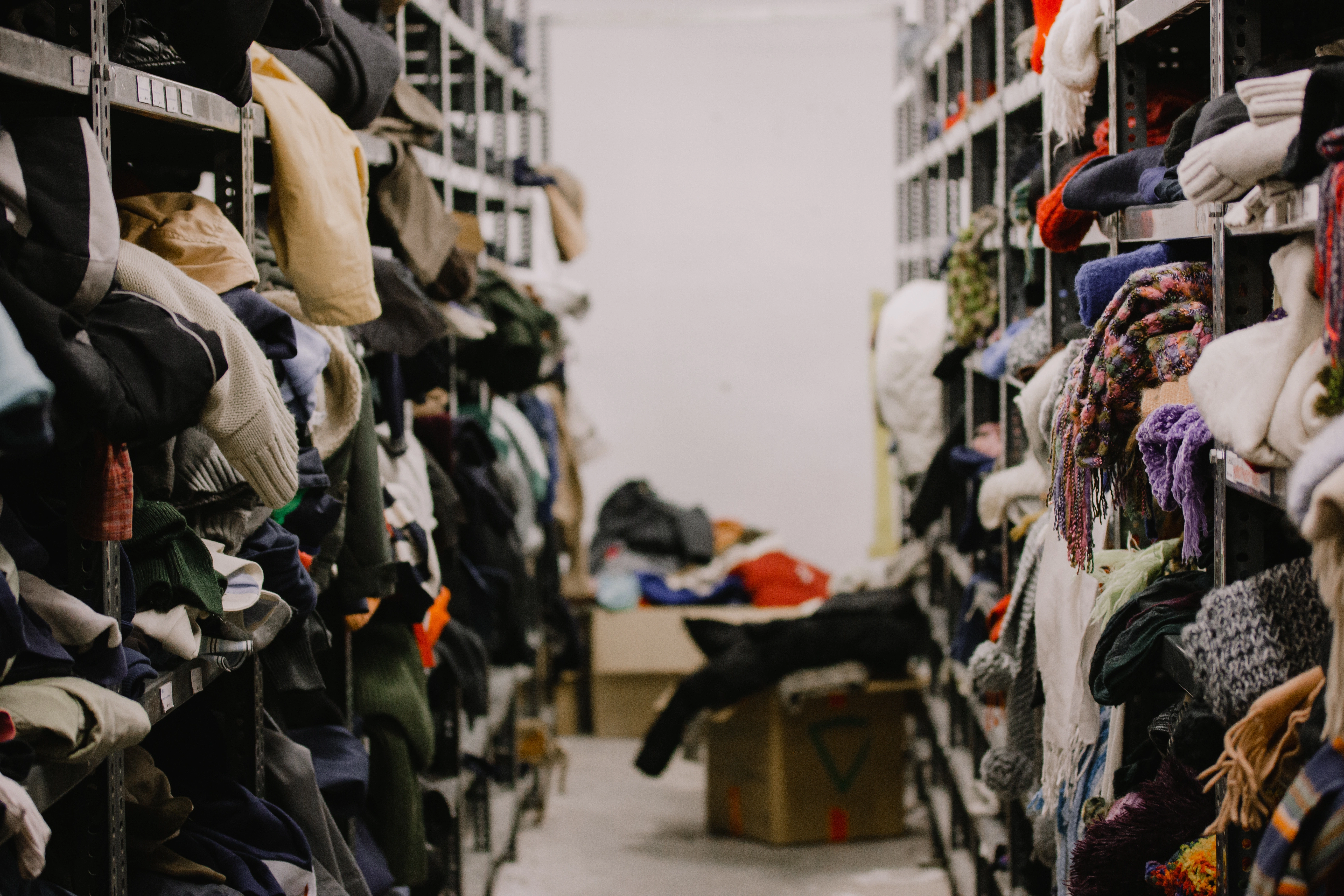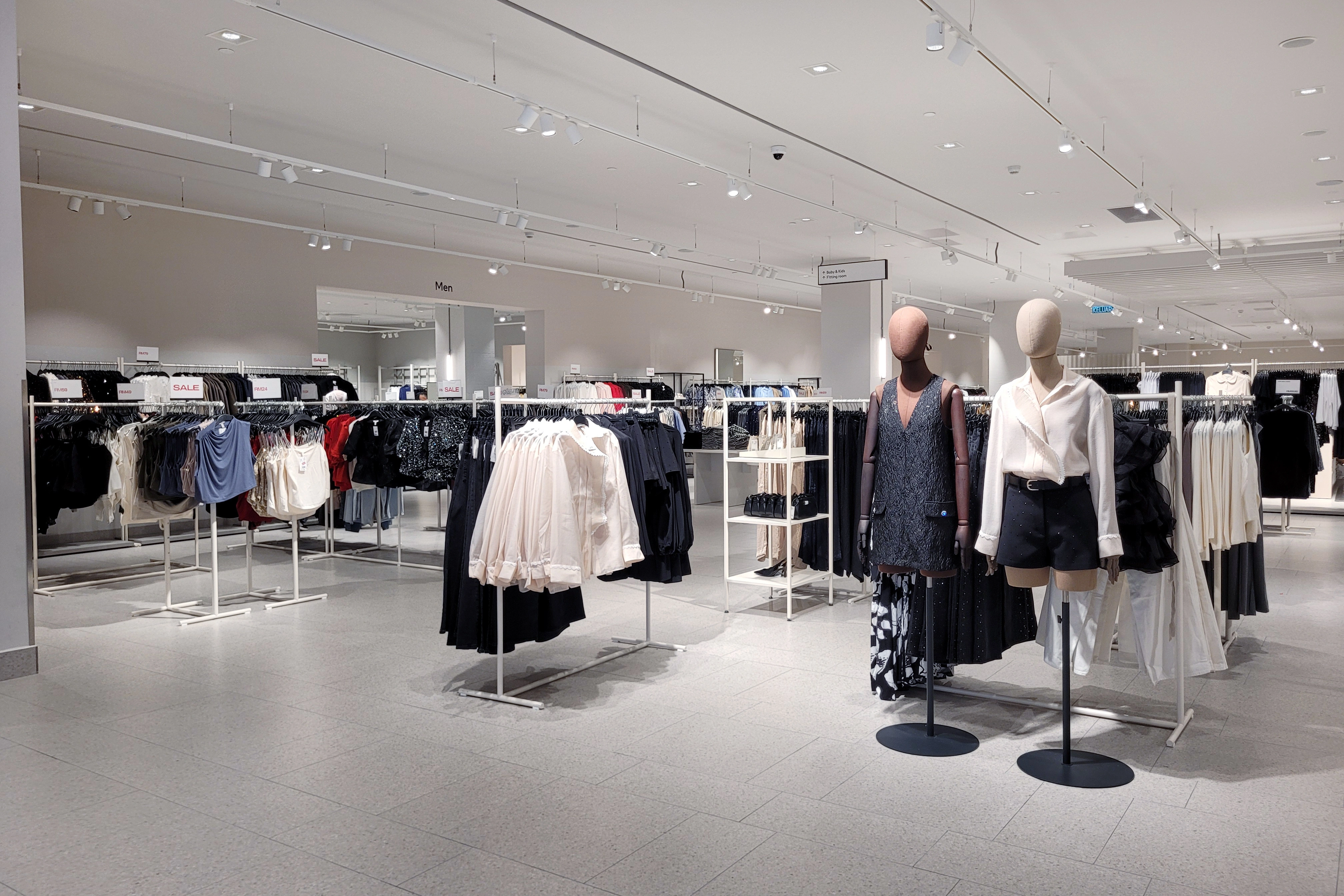Why Flexible Financing Is Critical for Small Retailers Battling Fast Fashion
April 29, 2025 | Last Updated on: April 30, 2025

Fast fashion has revolutionized the clothing industry, making it challenging for traditional boutiques and small businesses to keep pace. Major fashion brands like Zara and Shein dominate the market, capitalizing on rapid production and trend adaptation. Meanwhile, many smaller clothing stores face inventory struggles and declining foot traffic. The impact of tariffs, particularly during the Trump administration's trade war with China, complicated supply chains, making it tougher for small retailers to source affordable fashion items.
To stay competitive, small business owners need timely access to funds like loans for clothes to quickly pivot and meet the latest trends. This article explores how rapid access to capital, including instant online business loans, can empower small retailers, allowing them to adjust swiftly to market demands and consumer behavior shifts. Fast, flexible funding could mean the difference between thriving and struggling amid closures. Leveraging these financial tools enables small boutiques to respond rapidly, stay relevant, and compete successfully against fast fashion giants.
The Fast Fashion Pressure: What Small Retailers Are Up Against
Fast fashion giants like Temu and Shein, driven by low-cost international sourcing and influencer-backed trends, are putting intense pressure on small retailers. Tariffs from the Trump era disrupted global supply chains, significantly raising inventory costs for boutiques that can’t match the speed or pricing of fast fashion. The pandemic further accelerated online shopping habits, leaving traditional retail models even more vulnerable. To stay afloat, small businesses—especially in places like New York—need fast, flexible access to loans. This support allows them to refresh inventory quickly, strengthen their digital presence, and respond to shifting consumer demand in real time.
Why Fast Capital Matters in Fashion Retail
Speed defines success in today’s fashion industry. Small businesses need immediate funds to stock new products, invest in online marketing, and keep up with influencer-driven trends. Loans for clothes offer flexible capital tailored to the fast pace of fashion retail. Whether running quick promotions or restocking with higher-quality items, timely funding is essential. Instant online business loans help boutiques respond to market demands without traditional bank delays.
This fast, flexible funding is especially useful during seasonal shifts or sudden spikes driven by social media trends. It allows small retailers to manage inventory, upgrade e-commerce platforms, and quickly adapt their business model. As fast fashion thrives on speed and scale, small businesses must use equally agile financial tools to stay competitive.
Top Financing Options for Quick Moves
Several financing options help clothing retailers remain agile:
- Revenue-Based Financing: This type of financing option allows repayment flexibility tied to monthly earnings, ideal for businesses with fluctuating sales. It also helps boutiques maintain steady cash flow even during slower periods.
- Merchant Cash Advance(MCA): Provides rapid capital, repaid through future credit card sales. Suitable for quick inventory purchases or immediate marketing pushes.
- Line of Credit: Offers ongoing access to capital, giving small retailers flexibility to respond instantly to emerging trends or sudden inventory needs without repeatedly applying for new loans for clothes.
- Instant Online Business Loans: Online platforms provide rapid online approvals, enabling retailers to get funds almost instantly. Perfect for fast pivots or urgent inventory demands.
These financial tools ensure small clothing businesses can quickly respond to market shifts, influencer trends, or sudden inventory needs, maintaining a competitive stance against fast fashion retailers.
How to Qualify: New Business Loan Eligibility in the Fashion Sector
Understanding new business loan eligibility is critical for small retailers. Typically, lenders evaluate credit history, revenue stability, and business tenure. Online platforms often offer more flexible eligibility criteria, beneficial for newer boutiques or businesses with seasonal revenue streams. Small retailers should maintain organized financial records and demonstrate clear revenue trends to enhance approval chances.
A well-documented business plan, emphasizing market adaptation strategies and revenue generation potential, further boosts eligibility. Loans for clothes often emphasize quick turnarounds, meaning clear financial health and demonstrable potential to repay swiftly are paramount. Retailers should regularly assess eligibility requirements from online lenders to ensure quick approval when capital needs arise, particularly during competitive market surges driven by fast fashion trends or sudden social media popularity.
Smart Ways to Use Fast Capital
Retailers can utilize quick capital effectively:
- Rapidly purchasing trending inventory
- Investing in online marketing campaigns leveraging social media influencers
- Upgrading e-commerce capabilities for seamless customer experiences
- Funding short-term pop-up events or flash sales
Such strategic funding allocation ensures small businesses remain agile and responsive, essential in competing with larger fast fashion retailers. Leveraging loans for clothes enables boutiques to differentiate by stocking higher-quality items, responding quickly to consumer preferences, and effectively navigating seasonal inventory cycles.
Risks to Watch Out For
While fast capital offers great advantages, it comes with risks, including high interest rates or tight repayment schedules. Small businesses must carefully plan the use of quick loans for clothes, ensuring strong ROI. Mismanaged capital can strain cash flow, potentially exacerbating financial difficulties. Retailers should use financial forecasting to ensure loan repayments are manageable. Only borrow amounts that directly contribute to profitable inventory turnover, marketing campaigns, or essential digital upgrades.
Future-Proofing Your Clothing Business
Adapting to market shifts is crucial for small clothing retailers. Flexible financial tools help manage demand spikes, respond to competition, and support growth. With strategic financial planning, boutiques can stay agile and resilient, competing effectively with fast fashion giants.
Frequently Asked Questions About Clothing Financing
1. Can small clothing businesses easily qualify for loans for clothes?
Small clothing businesses can qualify for loans if they meet basic criteria like monthly revenue, credit history, and time in business. Many online lenders offer flexible requirements tailored to small fashion boutiques, especially helpful amid fast fashion competition and supply chain disruptions. Instant online business loans often have simpler processes, allowing for quick, accessible funding.
2. Is revenue-based business financing beneficial for clothing retailers dealing with seasonal trends?
Revenue-based financing options are ideal for clothing stores with seasonal sales and trend-driven demand. Repayments adjust with monthly earnings, easing the burden during slower periods and helping maintain steady cash flow—crucial for staying agile in the fast fashion era.
3. How quickly can clothing retailers receive funds through instant online business loans?
Clothing retailers often receive funds from instant online business loans within 24-72 hours, significantly faster than traditional funding methods. This rapid turnaround enables quick inventory restocking, digital marketing investment, and swift adaptation to trending fashion items. Such speed helps boutiques effectively compete against giants like Zara and Shein, ensuring they stay relevant in rapidly shifting markets.
4. Can loans for clothes help boutiques compete against fast fashion retailers like Shein and Temu?
Loans for clothes empower small boutiques to quickly stock trending products, enhance e-commerce platforms, and effectively engage social media influencers. Quick capital allows retailers to respond rapidly to consumer trends and maintain competitiveness against fast fashion retailers by offering higher-quality fashion items and personalized craftsmanship, attracting customers away from mass-produced alternatives.
5. What risks do small retailers face when using fast-access loans for clothes?
While fast-access loans for clothes provide essential capital, they can carry risks such as higher interest rates or shorter repayment periods. Mismanaging quick loans may negatively impact cash flow, especially if borrowed funds fail to generate immediate returns. Retailers should carefully evaluate ROI potential, strategically invest in trending inventory, and continuously monitor global trade and tariff changes to mitigate financial risks effectively.




